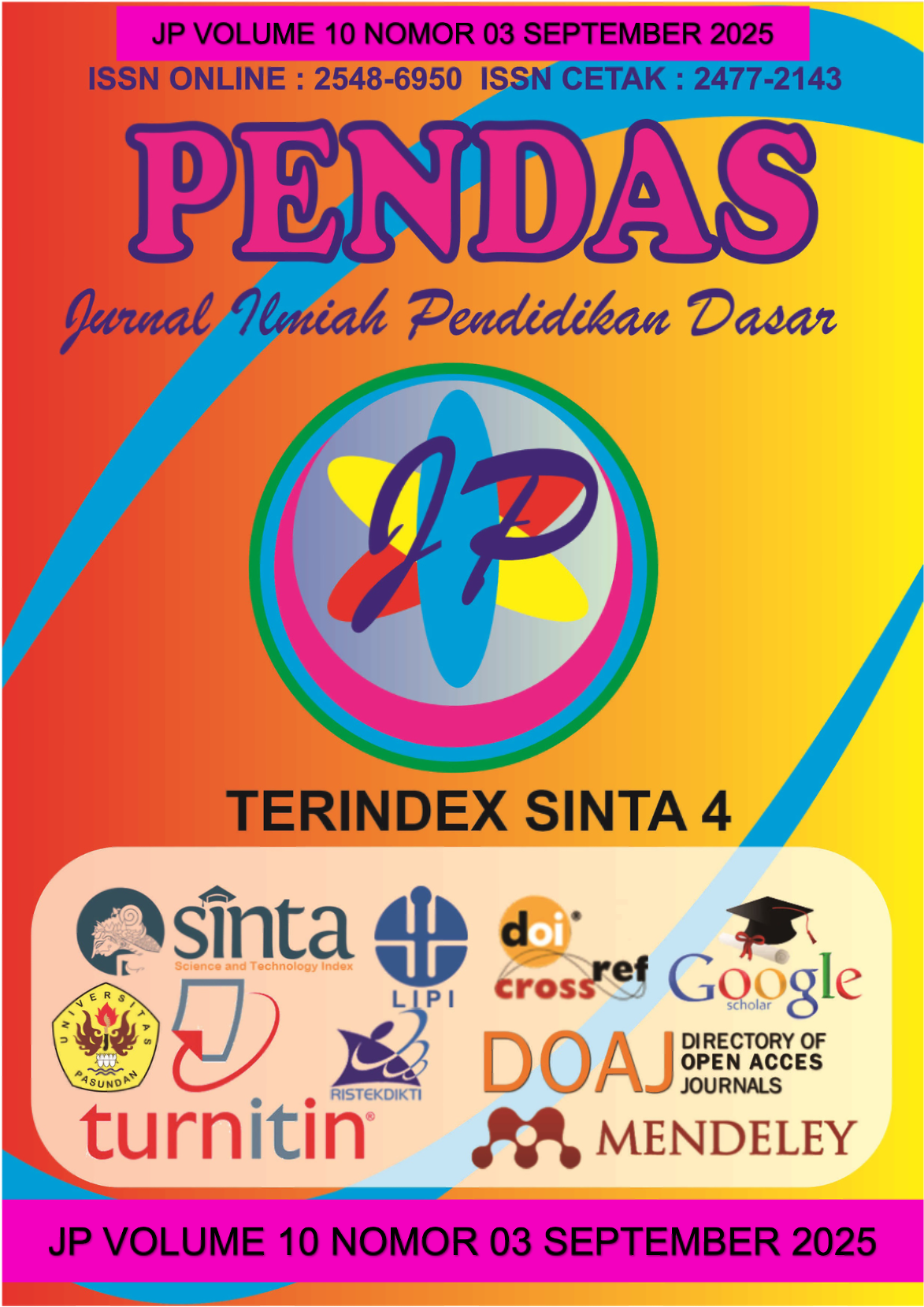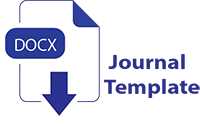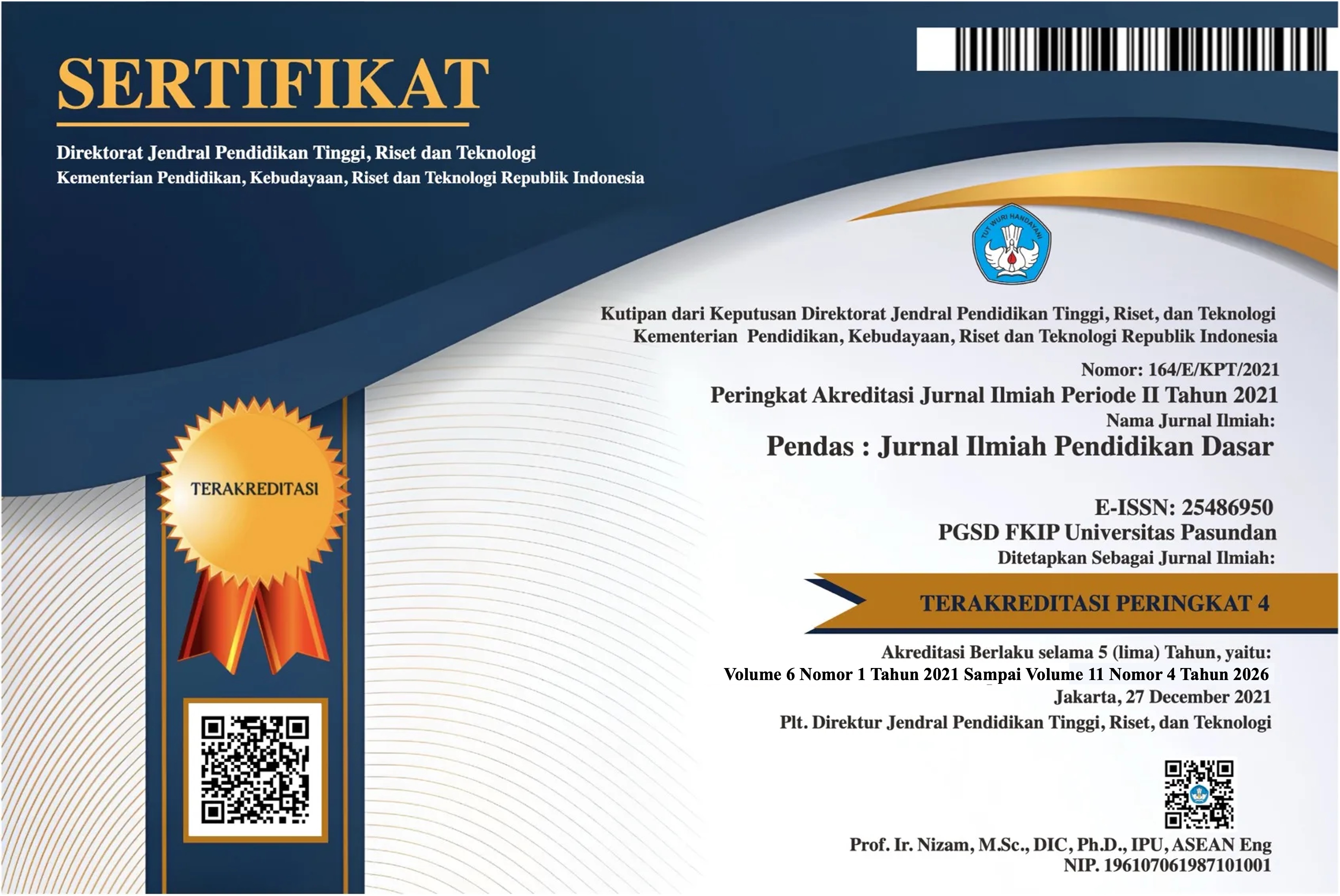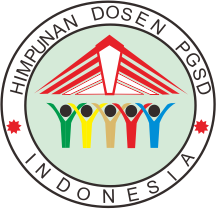IMPLEMENTASI ASESMEN PORTOFOLIO DALAM PEMBELAJARAN BAHASA INDONESIA KURIKULUM MERDEKA SISWA KELAS VII DI SMP SWASTA KATOLIK BUDI MURNI 2
Keywords:
Portfolio Assessment, Indonesian Language, Merdeka CurriculumAbstract
This study aims to describe the implementation of portfolio assessment in Indonesian language learning under the Merdeka Curriculum for seventh-grade students at SMP Swasta Katolik Budi Murni 2 Medan. The research employed a descriptive qualitative approach with a case study design. The subjects consisted of an Indonesian language teacher, 22 seventh-grade students, and students’ portfolio documents. Data were collected through observation, in-depth interviews, documentation, and open-ended questionnaires, and analyzed using Miles and Huberman’s interactive model. The findings show that the teacher understands portfolio assessment as a continuous evaluation, yet its implementation remains limited to certain writing tasks and has not been fully integrated into daily learning activities. Student reflection and teacher feedback were not optimal, while the main challenges included limited time, students’ discipline, and insufficient facilities. Nevertheless, portfolio assessment was proven to enhance students’ motivation, writing skills, participation, and self-confidence. The study concludes that portfolio assessment is relevant to the principles of the Merdeka Curriculum as it authentically evaluates both process and outcomes of learning. Therefore, teacher training, effective time management, and the development of digital portfolios are needed to optimize its implementation.
Downloads
References
Arikunto, S. (2013). Dasar-dasar
evaluasi pendidikan. Jakarta: Bumi Aksara.
Black, P., & Wiliam, D. (1998).
Assessment and classroom learning. Assessment in Education: Principles, Policy & Practice, 5(1), 7–74.
Brown, H. D. (2004). Language
assessment: Principles and classroom practices. New York: Pearson Education.
Depdiknas. (2008). Panduan penilaian
portofolio. Jakarta: Departemen Pendidikan Nasional.
Flavell, J. H. (1979). Metacognition
and cognitive monitoring: A new area of cognitive–developmental inquiry. American Psychologist, 34(10), 906–911.
Johnson, E. B. (2002). Contextual
teaching and learning: What it is and why it’s here to stay. California: Corwin Press.
Kemendikbud. (2022). Panduan
asesmen dalam Kurikulum Merdeka. Jakarta: Pusat Asesmen Pendidikan.
Kemendikbudristek. (2021).
Kurikulum Merdeka: Panduan implementasi. Jakarta: Kementerian Pendidikan, Kebudayaan, Riset, dan Teknologi.
Lestari, I. (2022). Dampak asesmen
portofolio terhadap kemampuan menulis narasi siswa SMP. Jurnal Pendidikan Bahasa Indonesia, 7(2), 145–156.
Maulida, R., & Handayani, T. (2023).
Kecocokan asesmen portofolio dengan pembelajaran berdiferensiasi dalam Kurikulum Merdeka. Jurnal Inovasi Pendidikan, 11(1), 55–68.
Miles, M. B., & Huberman, A. M.
(1994). Qualitative data analysis: An expanded sourcebook (2nd ed.). Thousand Oaks, CA: Sage.
Mulyasa, E. (2022). Implementasi
Kurikulum Merdeka. Bandung: Remaja Rosdakarya.
Nasution, R. (2023). Peningkatan
hasil belajar teks eksposisi melalui asesmen portofolio. Jurnal Pendidikan Bahasa dan Sastra Indonesia, 12(1), 77–89.
O’Malley, J. M., & Valdez Pierce, L.
(1996). Authentic assessment for English language learners: Practical approaches for teachers. Reading, MA: Addison-Wesley.
Rahmawati, A., & Sari, N. (2022).
Peran asesmen portofolio dalam meningkatkan keterlibatan aktif dan refleksi siswa. Jurnal Evaluasi Pendidikan, 10(2), 201–213.
Sanjaya, W. (2020). Penilaian autentik
dalam pembelajaran. Jakarta: Prenadamedia Group.
Santrock, J. W. (2011). Educational
psychology (5th ed.). New York: McGraw-Hill.
Sardiman, A. M. (2012). Interaksi dan
motivasi belajar mengajar. Jakarta: Rajawali Pers.
Schunk, D. H. (2012). Learning
theories: An educational perspective (6th ed.). Boston: Pearson.
Sugiyono. (2019). Metode penelitian
pendidikan: Pendekatan kuantitatif, kualitatif, dan R&D. Bandung: Alfabeta.
Tarigan, H. G. (2008). Berbicara
sebagai suatu keterampilan berbahasa. Bandung: Angkasa.
Tomlinson, C. A. (2001). How to
differentiate instruction in mixed-ability classrooms. Alexandria: ASCD.
Van Meter, D. S., & Van Horn, C. E.
(1975). The policy implementation process: A conceptual framework. Administration & Society, 6(4), 445–488.
Wiggins, G. (1990). The case for
authentic assessment. Practical Assessment, Research & Evaluation, 2(2), 1–3.
Wiggins, G., & McTighe, J. (2005).
Understanding by design (Expanded 2nd ed.). Alexandria: ASCD.
Wulandari, D. (2021). Efektivitas
asesmen portofolio dalam membentuk karakter literasi siswa SMP. Jurnal Pendidikan Bahasa dan Sastra, 9(2), 88–97.
Downloads
Published
Issue
Section
License
Copyright (c) 2025 Pendas : Jurnal Ilmiah Pendidikan Dasar

This work is licensed under a Creative Commons Attribution 4.0 International License.



















